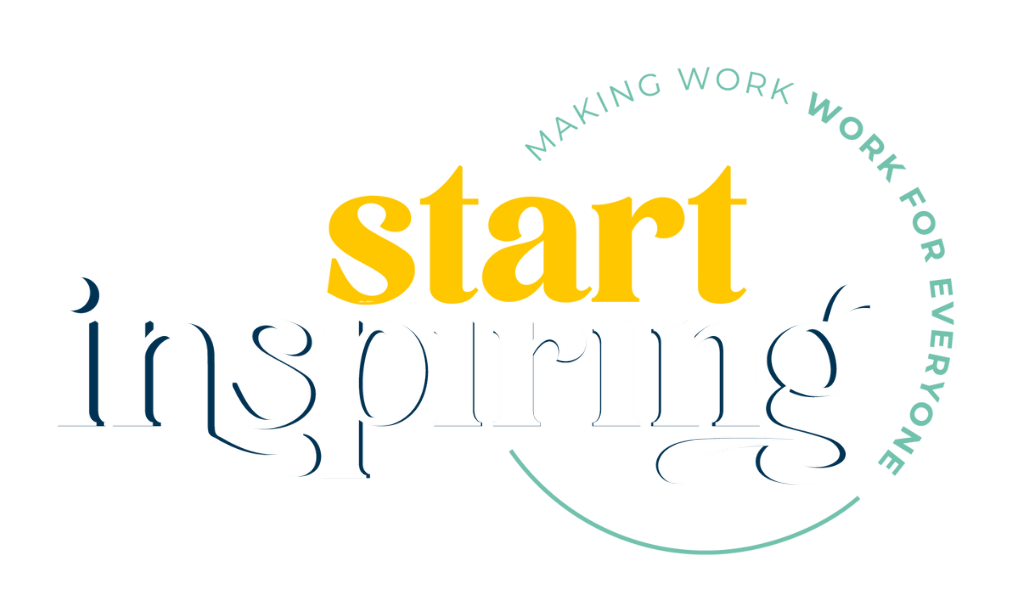Can you literally change your mind?
3 min read
Gone are the days when science and business meant working for GlaxoSmithKline or a private healthcare company. Science is revealing things to us that can directly impact how we do business in a very real way.
Enter, Neuroscience.
There has never been a more exciting time for neuroscience, with more and more businesses turning to coaching to help create new pathways and behaviours in their team.
The science-y bit
Despite being considered unconventional in the past, the last thirty years has seen coaching become much more prominent in the development of outstanding business leaders. Science has played a part in this change, offering advanced insight into the functioning of the brain with tools such as functional magnetic resonance imaging (fMRI) that allows the decoding of brain activity. In other words, we have the ability to quite literally see the changes taking place in the brain as a result of coaching.
To avoid getting too technical, let’s use the analogy of walking through a wheat field. Imagine that there are clear paths through this field where you can walk easily, nothing is in your way - these are your current behaviours and habits. Your brain is wired to use the ‘path of least resistance’ and so these well-worn paths are a default. In order to effect change from within, change that lasts, new paths must be forged.
Just like the path in the wheat field, you have to ‘walk’ this path over and over and over again so that, over time, this becomes your default, your go-to.
Coaching is the catalyst in this situation; it is the medium through which an individual can discover and concentrate on the change they want to make in their life.
Guided conversation and questioning interrupt these default pathways and open the gateway for new paths to become possible.
By trying to change automatic habits, a person needs to find a way to forge new circuits in the prefrontal cortex of the brain. Carving out these new circuits or passageways in the brain happens through a process called myelination (a fancy way of saying the neurons - our brain’s chemical pathways - become upgraded, faster, stronger).
To simplify: with enough attention and focus, we can rewire our brains with our thoughts. The more a neural pathway is used, the stronger it becomes. Every time we repeat an action, a fatty covering called myelin coats the neural pathway, making the connection stronger and more secure. The nature and structure of coaching encourages this process to take place by facilitating the change, providing opportunities for accountability (meaning we repeat and practise), and ultimately supports gradual, long lasting change.
This is not a quick fix diet - it takes structure and time, but we all know that lasting change requires investment. And quick fix diets do not work!
Choosing a coach is an important decision.
If coaching is to be effective, establishing a sense of trust and safety is essential. You have to feel that you can be absolutely transparent and honest so that the conversations are meaningful and can begin to elicit real, lasting growth.
At Start Inspiring, building relationships based on mutual respect and investing in the people behind the numbers is what we do best.
If you have any questions, or would like to know more, get in touch and we can chat through the type of support that might be best suited to you and your business.



